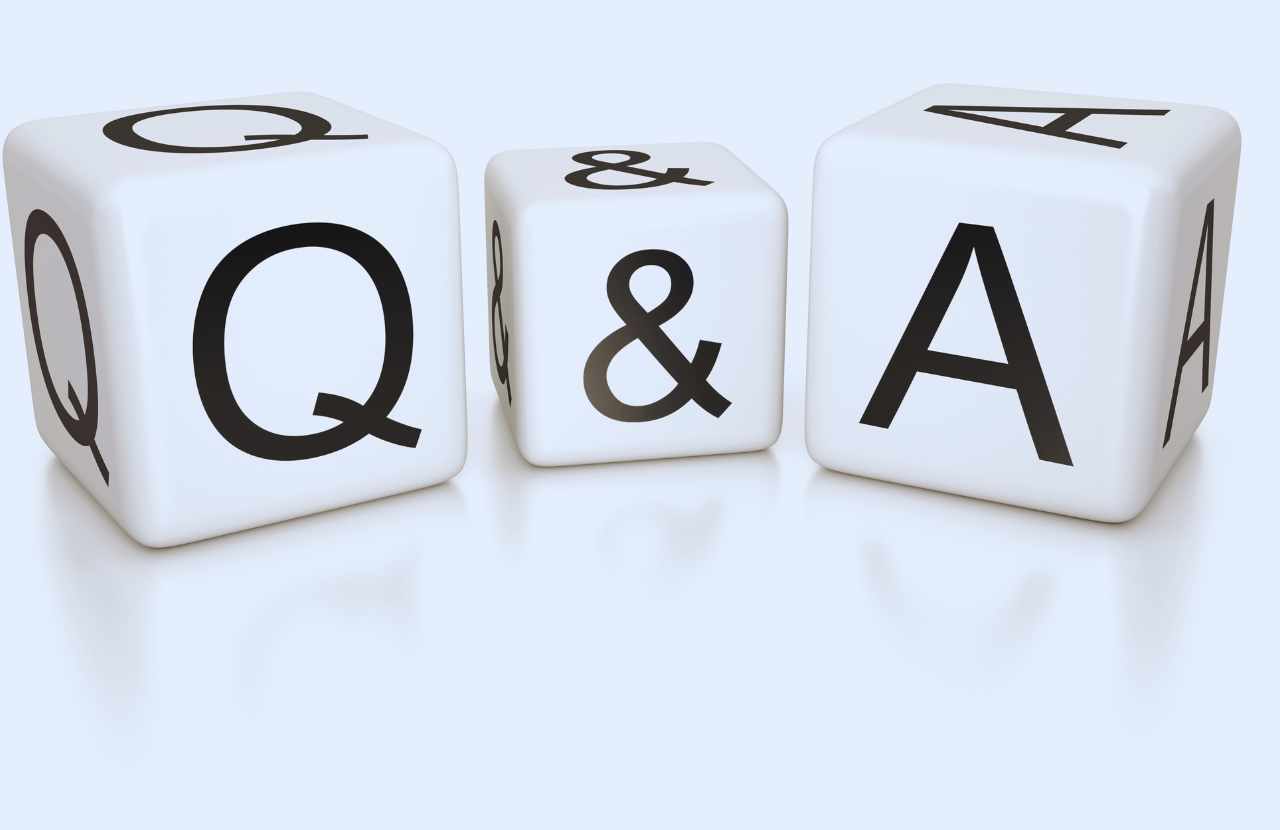Communication is a complex dance of words, tones, and gestures. In the realm of conversation, a peculiar behaviour often raises eyebrows – answering a question with another question. Is it a genuine attempt to seek clarity, or does it carry a manipulative undertone? In this blog post, we’ll explore the psychology of answering a question with a question, its implications in various contexts and addressing the concerns raised on platforms like Quora.
The Psychology of Answering a Question with a Question
Communication scholars and psychologists have long been fascinated by the intricacies of human interaction. Answering a question with another question is not merely a linguistic quirk; it reflects underlying cognitive processes and interpersonal dynamics.
Seeking Clarification or Evasion?
In some cases, responding to a question with a question may be an innocent attempt to seek clarification. It could indicate that the responder requires more information before formulating a suitable answer. However, the intent can be misconstrued, leading to suspicions of evasion or manipulation.
The Art of Deflection
One common thread in manipulative communication is the art of deflection. By countering a question with another, individuals may skillfully redirect the conversation, steering it away from a topic they find uncomfortable or challenging. This strategy can be particularly evident in personal relationships and even professional settings.
Power Dynamics in Relationships
Manipulative questions in relationships often revolve around power dynamics. When one partner consistently responds with questions rather than direct answers, it can create an imbalance, leaving the other party feeling unheard or frustrated. We’ll explore some examples to shed light on these dynamics.
Is Answering a Question with a Question Manipulative?
Not necessarily. The intent and context behind asking a question in response to a question matter significantly. Sometimes, responding with a question can be a way to seek clarification, encourage further discussion, or prompt the other person to reflect on their thoughts. It can be a tool for effective communication and dialogue.
However, if responding to a question is to deflect, evade, or manipulate the conversation without genuine engagement, it may be considered manipulative. Intent and context play crucial roles in determining whether responding to a question is a genuine and constructive part of communication or is being used manipulatively.
Examples of Answering a Question with a Question
Let’s break down a few scenarios to understand when this communication tactic might be innocuous and when it might be manipulative.
Innocuous Scenario
Original Question: “Did you finish the report?”
Response: “What time was the deadline again?”
In this case, the responder might need to know the deadline before confirming the completion status.
Potentially Manipulative Scenario
Original Question: “Did you have lunch with your colleague?”
Response: “Why would you think that?”
Here, the responder avoids a direct answer and instead shifts the focus onto the questioner, possibly trying to divert attention from their actions.
Is Answering a Question with a Question Rude?
Answering a question with a question is not inherently rude, as it can serve various communication purposes. In some situations, responding to a question can be a natural part of seeking clarification or engaging in a more interactive and conversational exchange. However, the perception of rudeness often depends on the context, tone, and intent behind the response. Here are a few scenarios to consider:
Clarification
Not Rude: If someone asks a complex or ambiguous question, responding with a question to seek clarification is a polite and common way to ensure that you provide the most accurate and relevant information.
Example:
- Original Question: “Can you help me with the project?”
- Response: “Of course! What specific aspect of the project do you need assistance with?”
Engagement
Not Rude: Answering a question with a question can be a conversational technique to keep the dialogue interactive and engaging. It can indicate active participation and a desire for a more dynamic exchange.
Example:
- Original Question: “Did you enjoy the event?”
- Response: “What did you think of the guest speaker? I found their insights fascinating.”
Avoidance or Deflection
Potentially Rude: If the intent behind answering a question with a question is to avoid giving a direct answer or deflecting the topic, it may be perceived as rude or evasive, especially in situations where straightforward communication is expected.
Example:
- Original Question: “Did you complete the task I assigned?”
- Response: “Why are you always checking up on me?”
It’s essential to consider the tone, relationship dynamics, and the nature of the Question and response. In professional or formal settings, a straightforward answer is often preferred. In personal relationships, the appropriateness of responding to a question depends on the dynamics between individuals and the conversation context.
Handling Manipulative Questions
Dealing with manipulative questions requires awareness and effective communication strategies in personal relationships or professional environments.
Express Your Feelings: If you sense manipulation, express how the behaviour makes you feel. Open communication can be a powerful tool for resolving misunderstandings.
Set Boundaries: Establishing clear boundaries is crucial in any relationship. Communicate what is acceptable and what isn’t, fostering a healthier dynamic.
Encourage Direct Communication: Encourage direct and honest communication in your interactions. This reduces the likelihood of manipulative tactics and promotes a more transparent exchange of information.
Final Words
Answering a question with a question is a nuanced aspect of communication that warrants careful consideration. While it may sometimes be innocent, it can also be a manifestation of manipulation. We can navigate conversations more confidently by understanding the underlying psychology and employing effective communication strategies, fostering healthier relationships and interactions. Remember, while questions are a powerful tool for understanding, using them responsibly is key to building genuine connections.

